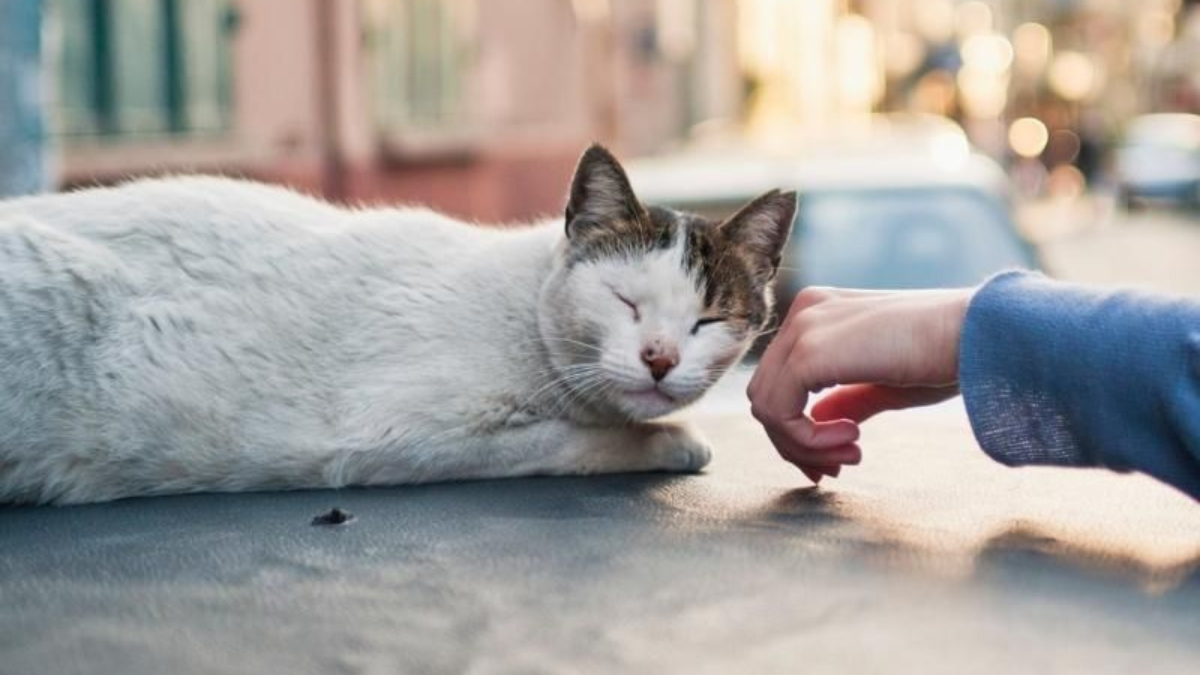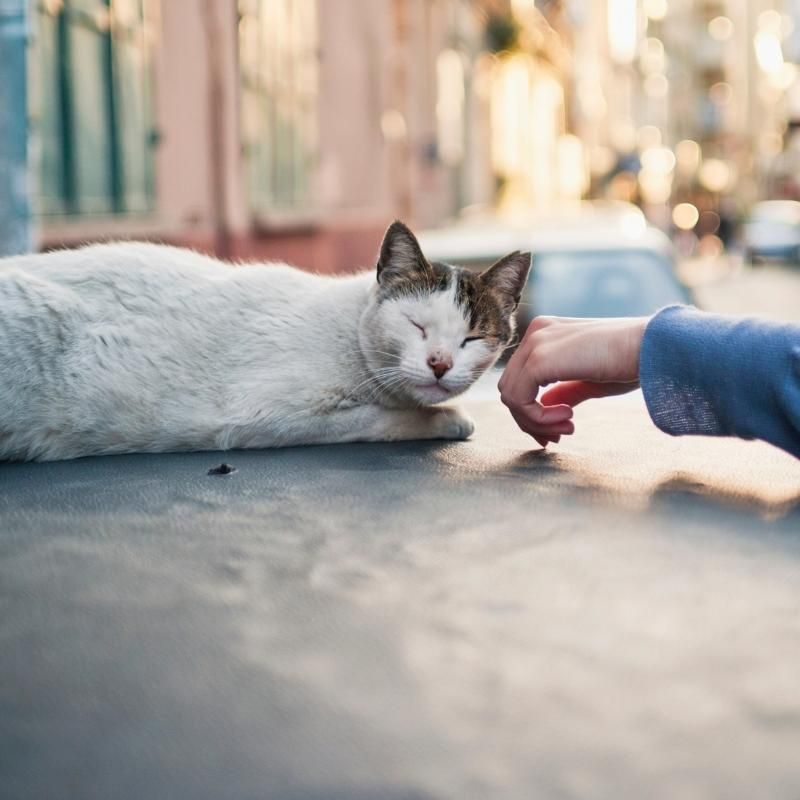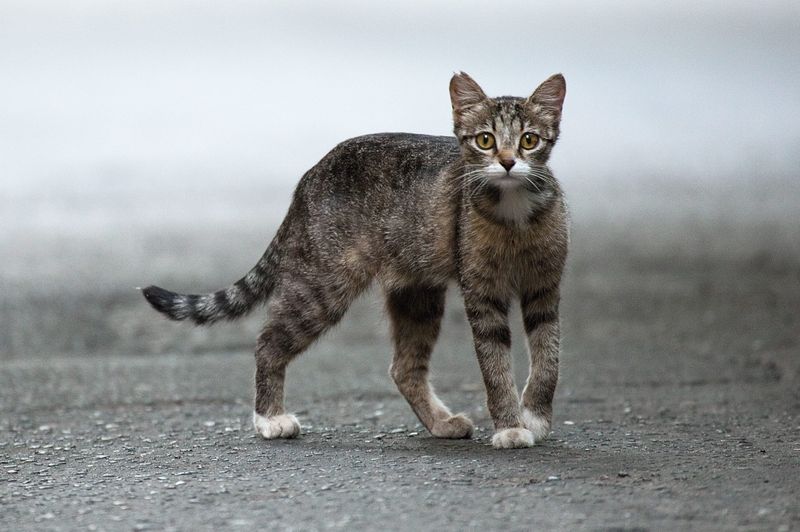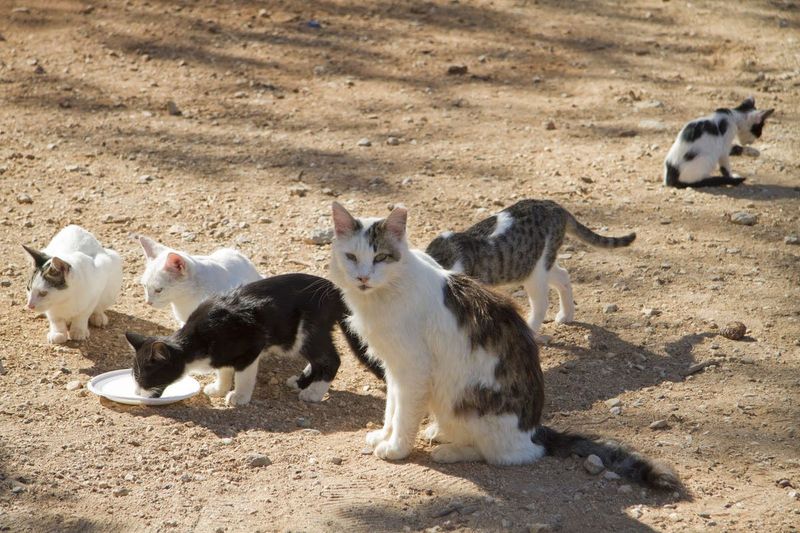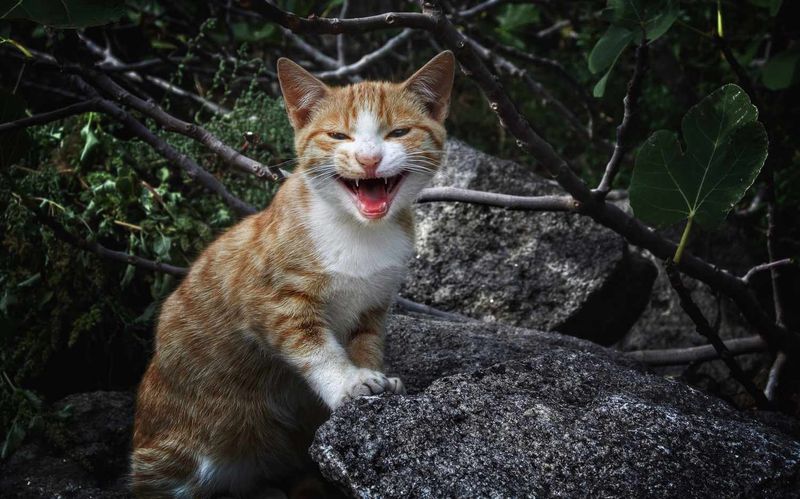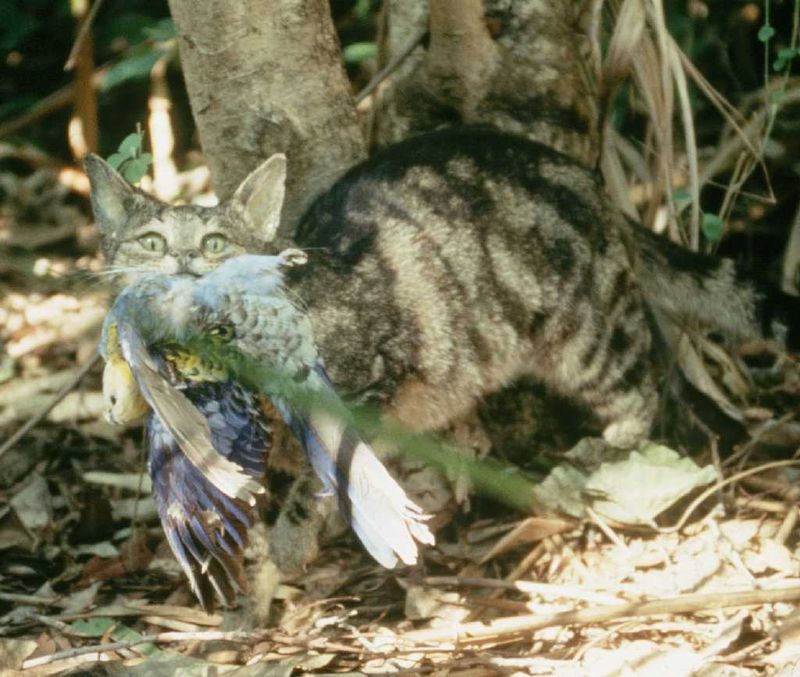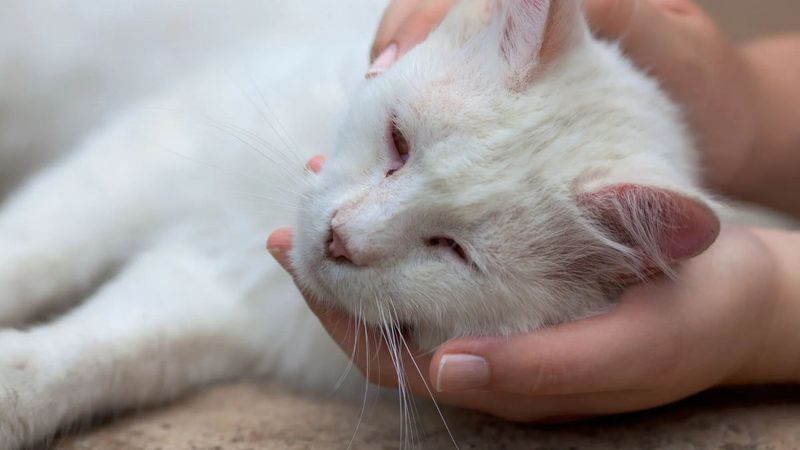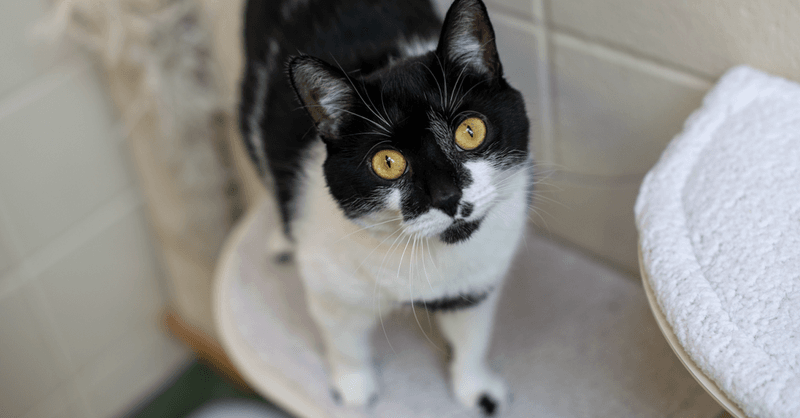📖 Table of Content:
Identifying whether a cat is feral or stray is crucial for offering the right care and treatment. Although both types of cats may be found outdoors, their behaviors and attitudes towards humans can vary greatly. Recognizing these distinctions helps ensure that each cat receives the appropriate attention and support.
Feral cats are typically wild and avoid human interaction, while stray cats may have been domesticated at some point and are more likely to approach people. Their physical appearance and social habits often give clues about their past experiences. Understanding these signs can help determine the best course of action for each cat.
By observing a cat’s behavior and traits, it’s possible to make informed decisions about adoption, rescue, or management. Each cat’s needs differ depending on whether they are feral or stray. Here are 7 key ways to differentiate between them, focusing on their specific characteristics and interactions with the world around them.
1. Behavior Around Humans
Some cats, when approached, exhibit a distinct wariness, maintaining a safe distance. These are typically feral cats. Contrastingly, stray cats might approach humans with curiosity or seek interaction, having been socialized previously.
Feral cats, with no human contact experience, perceive people as potential threats. Their self-sufficiency is honed by survival instincts, leading to avoidance. Meanwhile, stray cats recall human companionship.
Both types require different approaches; ferals need gradual trust-building, while strays might quickly adapt to human affection. Understanding these behaviors aids in appropriate care and interaction, ensuring both cats and humans coexist peacefully.
2. Appearance and Grooming
The state of a cat’s fur can tell a story. Feral cats often have rough, unkempt coats due to their outdoor lifestyle and lack of grooming assistance. They rely solely on their own grooming capabilities, which can be hindered by a lack of proper nutrition and frequent exposure to harsh elements.
On the other hand, stray cats might appear cleaner, as they may have been groomed by humans before. Their coats might show lingering signs of care, despite being outdoors.
Observing these differences helps identify the cat’s background, providing insight into their previous living conditions.
3. Social Structure and Interaction
Cats communicate in complex ways. Feral cats often form colonies — a cooperative social structure that provides protection and resources. Within these groups, a hierarchy exists, dictating interactions and behavior.
Stray cats, once part of human households, may not fit into these colonies easily. They often seem solitary, adapting to survive independently. Yet, some strays may eventually integrate into feral colonies.
Understanding these social dynamics helps in managing cat populations and guiding interventions. Recognizing whether a cat is part of a group or alone indicates their social experience and adaptability.
4. Vocalization Patterns
Vocalization is a key way cats express themselves. Stray cats, having experience with humans, frequently use meows to convey their wants or affection. These vocalizations may be more insistent or pleading, a pattern learned from interacting with people.
In contrast, feral cats tend to be quieter, using softer sounds primarily for intra-species communication, like warning or greeting fellow cats. These vocalization differences reflect their lifestyles — one accustomed to human interaction, the other surviving in the wild.
Recognizing these patterns helps in understanding their comfort level around humans and their potential for socialization.
5. Feeding Habits
The way a cat feeds often reflects its life experiences. Feral cats are adept hunters, using their instincts to catch prey like mice and birds, highlighting their survival abilities.
Stray cats, accustomed to human-provided food, might scavenge near homes or wait for people to offer meals. Their reliance on people for sustenance reflects their past domestic life.
Understanding these feeding behaviors aids in providing appropriate care. Offering food to a feral cat requires patience, as they may be wary, while strays might readily accept human offerings.
6. Health and Physical Condition
The condition of a cat’s body often mirrors its lifestyle. Feral cats tend to have scars or injuries from territorial disputes or hunting struggles. Their outdoor existence subjects them to harsher physical conditions, occasionally leading to malnutrition.
Stray cats, when healthier, often have fewer injuries, reflecting a possibly recent transition from domestic life. However, if left too long on their own, they can appear similarly worn.
Recognizing these health signs is crucial for deciding the best care approach. Veterinary intervention may differ based on their condition and background, ensuring both types receive the care they need.
7. Adaptability to Indoor Life
Bringing a cat indoors reveals its adaptability. Stray cats, once accustomed to indoor life, may adjust quickly to home comforts, recognizing cues like feeding times and litter boxes. Their transition can be smoother with patience and love.
Feral cats, having no such experience, might find indoor life challenging. Their instincts drive them to explore and often resist confinement, requiring a slow, trust-building process.
Understanding these adaptability factors informs how best to integrate a cat into a home environment, ensuring their comfort and the well-being of the household.
